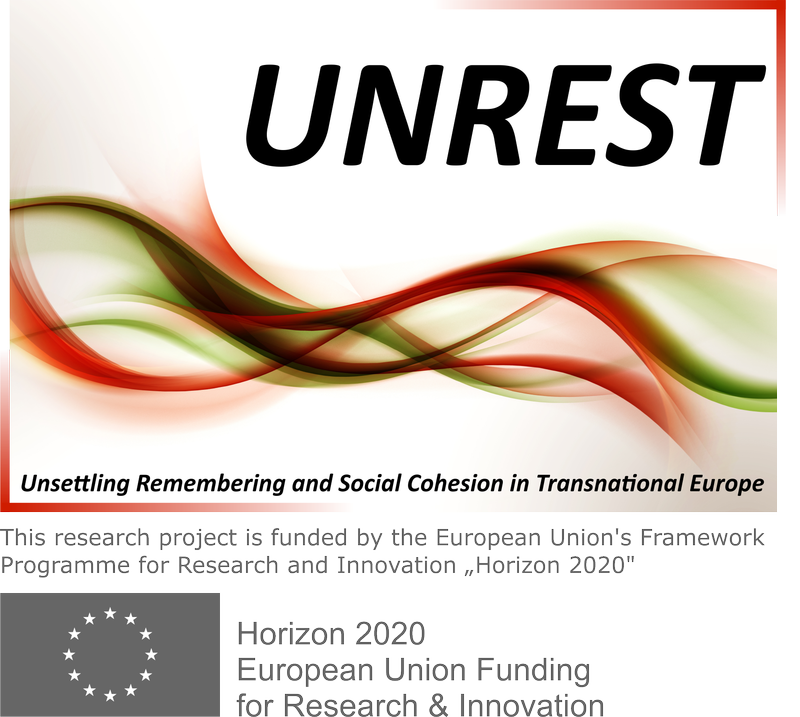In recent decades, history museums have emerged as key venues of history education and history entertainment. History museums and heritage sites have multiplied and enjoy record visitor numbers across Europe and the West (Arnold-de Simine 2013). The success is part of the collective turn to memory but it also reflects specific innovations and accomplishments in the museum world (Vergo 1989, Message 2006). The history museum has become the premier site of negotiation about official historical narratives which enjoy the backing of important institutions and are launched for public consumption, education and entertainment. It is therefore not surprising that the institution of the museum represents a central element in the purposeful and self-reflective construction of European identity (Kaiser, Krankenhagen, Poehls 2014). The important subgenre of the war museum is part of this development raising particularly pertinent questions about the ethical limits of the representation of violence for mass consumption (Muchitsch 2014).
There are other pressing reasons to take a close look at official, state-sponsored histories of the European wars of the 20th Century. A number of prominent protagonists of memory studies and heritage management – Pierre Nora (2011), Henry Rousso (2011), Harald Welzer (2012), and Volkhard Knigge (2010), among others – are disenchanted with contemporary memory practices (see also Assmann 2013). Having made formidable careers in memory studies, they warn about the negative political effects of pervasive, undemocratic ethics of respect, redress, and reverie. In their opinion, the focus on past suffering is absolutely essential when it comes to caring for survivors. But it threatens to turn into a self-gratifying and self-defeating fantasy when we deploy social resources on a vast scale to provide symbolic restitution to generations of victims long gone. They insist that the duty to remember was the only appropriate battle cry when so few people were willing to remember after WWII. But in an all-pervasive culture of remembrance we have to raise and answer the questions of why we should remember, how we should remember – and, even more important and more sacrilegious – how we should forget responsibly.
These questions are at the heart of UNREST. There seems to be a real danger that our official institutions of cultural memory – our schools, universities, museums, memorial sites and public broadcasting institutions – ply students, visitors and consumers with comfortable, ready-made cosmopolitan narratives imbued with a cult of authenticity, a vague yet insistent duty to remember, and a corresponding, easily maintained positive collective self-image. This trend appears to be exacerbated by the disappearance of the generation of survivors who played such an important role in self-reflective history education since the 1980. In the end, we might have managed to turn even the most harrowing events, including two world wars and the Holocaust, into intellectual and emotional comfort zones. These homogenously structured comfort zones cannot deal with alterity. They repel the sceptics, critics and provocateurs who play a key role in a functioning democracy.
These pointed concerns reflect some of our own questions about the efficacy of cosmopolitan memory and deserve to be put to the test. For that purpose, the scholars collaborating in WP4 launch in-depth analyses of the history, reception, narrative, aesthetics and political-cultural contexts of five World War I and World War II museums, which are representative of the ‘cosmopolitan’ approach to history, although they may well include elements of what we call the ‘antagonistic’ or ‘agonistic’ approach. All selected museums were established after 1990 or have newly remade permanent exhibitions. Being fully aware of the vast infrastructure of European world war memorials and museums, we have decided to focus on the following five institutions:
